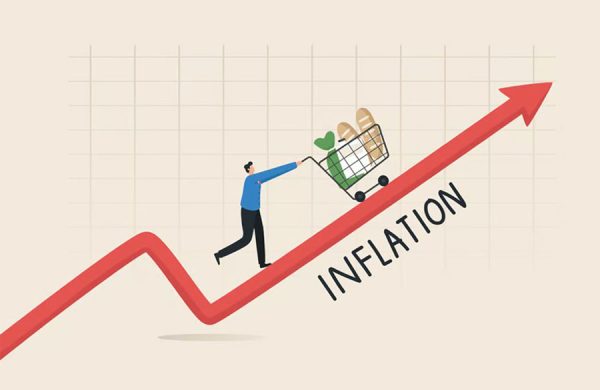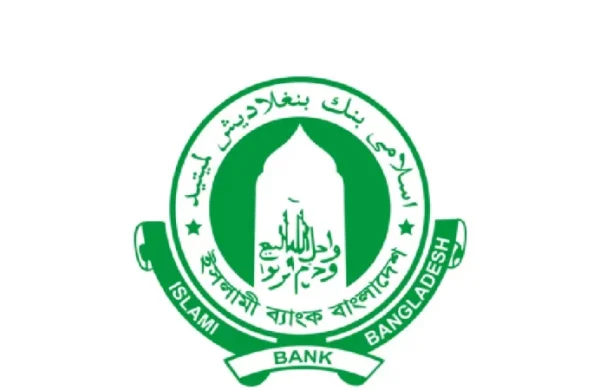Inflation, exchange rate shocks to intensify fiscal pressure in FY26
- Update Time : Wednesday, May 28, 2025

Staff Correspondent:
In addition to maintaining austerity measures to rein in high inflation in the upcoming fiscal year, the government will have to move to a market-based exchange rate as a condition of the IMF loan – which the finance ministry fears could put significant pressure on the economy.
In its Medium-Term Macroeconomic Policy Statement, the ministry warns that if the dollar appreciates under a market-based exchange rate, the cost of importing essential goods will rise, potentially undermining efforts to control inflation.
In preparation for the FY26 budget, officials from the ministry’s Macroeconomic Division have drafted the statement, analysing both domestic and global conditions, as well as projections for the next two fiscal years.
The policy statement raises concerns that external shocks and the upcoming LDC graduation could lead to a decline in exports. While this may somewhat ease inflationary pressure, the ministry fears it will also reduce government revenue and slow GDP growth.
It, however, notes that if the government succeeds in splitting the National Board of Revenue (NBR) into two separate entities, revenue growth could reach double digits within the next three years.
The coming year will be critical for Bangladesh, said Dr Zahid Hussain, former lead economist of the World Bank’s Dhaka office.
“A rise in the exchange rate would increase the government’s costs for repaying the principal and interest on foreign loans, as well as raise subsidy spending, including on food, thereby creating additional fiscal pressure.”
Finance Adviser Salehuddin Ahmed said the government will maintain its austerity measures in the next fiscal year as part of efforts to rein in inflation.
He said the government will continue to cut allocations for annual development programmes and also restrict foreign trips, vehicle purchases, and state festivals and events in the new fiscal year.
Regarding the projection that exports may decline following the country’s LDC graduation, Dr Zahid Hussain said this might not necessarily help control inflation.
“Lower exports may reduce demand and have a positive effect on inflation, but they will also put further pressure on foreign exchange reserves. This could push the exchange rate even higher and, in turn, fuel inflation,” he warned.
The policy statement features an expanded fiscal risk assessment, covering macroeconomic risks, external shocks, contingent liabilities, and the impacts of natural disasters.
However, it does not address the country’s ongoing political uncertainty, proposed reform measures, or their potential implications for the economy.
CAN INFLATION BE TAMED?
Noting that the economy is currently grappling with significant structural and policy challenges, the statement prepared by the finance ministry states, “The real GDP growth rate is projected to rise gradually from 5% in FY25 to 5.5% in FY26 and 6.5% in FY27.”
“Average inflation is expected to moderate from 9% to 6.5% in FY26 and 5.5% in FY27, supported by tight monetary policy and prudent fiscal management,” it adds.
The policy statement also notes that inflation and exchange rate shocks tend to increase fiscal pressure, while external shocks such as a decline in exports may ease inflation somewhat but also reduce revenue and hamper growth.
Describing inflation control as a major challenge for the government, the finance adviser said, “We are hopeful that we can bring it down to 6.5% in the next fiscal year.”
To achieve this, the government will take necessary steps to reduce demand while also ensuring supply-side stability, he added.
Dr Zahid Hussain said the inflation and GDP growth projections in the budget are achievable – provided the domestic political situation remains stable.
Despite various government measures, inflation in the country has remained above 9% for the past 26 months, causing hardship for people amid ongoing economic instability. The last time inflation dropped below 9% was in February 2023.
In April 2024, the inflation rate stood at 9.17%, according to data from the Bangladesh Bureau of Statistics (BBS).
NBR RESTRUCTURING COULD INCREASE TAX-TO-GDP RATIO
The government is under pressure from the IMF to boost revenue collection in the upcoming fiscal year. Additionally, in an effort to meet conditions tied to World Bank loans, the government issued an ordinance to split the NBR into two separate entities – a tax policy division and a tax administration division.
However, the move has faced strong resistance from NBR officials.
The finance ministry believes that restructuring the NBR into two divisions could help increase the country’s tax-to-GDP ratio.
Noting that tax collection has consistently fallen short of its potential despite repeated efforts, the ministry’s policy statement outlines several ongoing reform initiatives. These include separating tax policy from tax administration, automating tax payments, expanding tax zones, and reducing tax exemptions.
“Revenue is projected to grow by 8.37% in FY25 and by an annual average of 10.4% over the medium term,” the statement added.
BUDGET DEFICIT TO NARROW BY FY26
According to the finance ministry, in the medium term, the government is pursuing fiscal consolidation while continuing to prioritise essential development spending.
“Overall expenditure is being rationalised in line with available resources. The budget deficit is expected to decline to 3.6% of GPD in FY26, down from 4.6% in FY23,” it said in the policy statement.
“The debt-to-GDP ratio is projected to remain stable at around 37% of GDP, reflecting cautious borrowing and effective debt management,” it added.
On the global economic situation, it said the global economy continues to face formidable challenges amid lingering impacts of the Covid-19 pandemic, tight monetary conditions and prolonged geopolitical tensions around the world.
“These factors have led to a moderation in global growth, volatility in commodity and energy markets, and persistent inflationary pressures.”
According to the finance ministry, “In this evolving global context, Bangladesh is navigating a period of macroeconomic adjustment, aiming to safeguard stability and maintain the path of inclusive growth.”


















